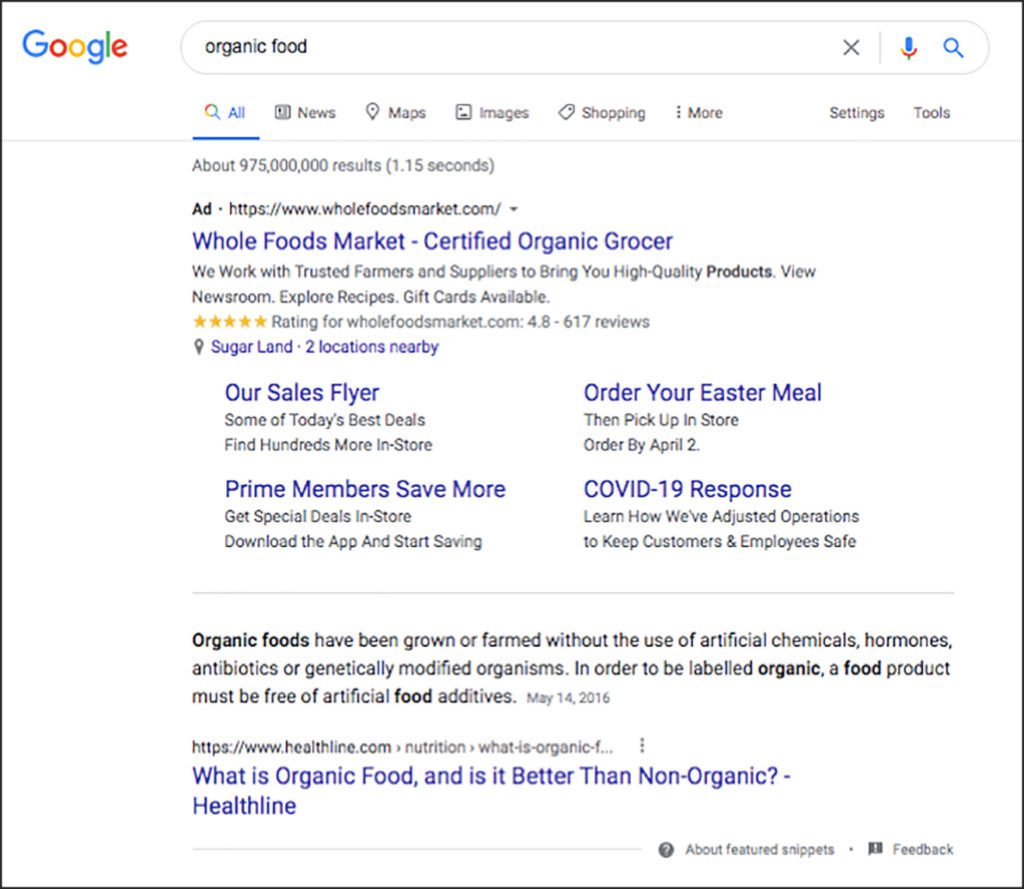In today’s digital age, having a robust online marketing strategy is not just beneficial—it’s essential. With an overwhelming amount of information online, ensuring your brand stands out is crucial. Search Engine Optimization (SEO) and Search Engine Marketing (SEM) are two potent strategies designed to enhance your online visibility, making it easier for existing and potential customers to find you, thereby optimizing your digital performance. Delve into the basics of SEO and SEM, understand their differences, and discover which strategy best suits your brand.
SEO vs. SEM: Fundamental Differences
Before exploring the intricate details of SEO and SEM, let’s define these terms:

What is SEO, and How Does It Work?
Search engines like Google deploy bots to explore various web pages, accumulating data and indexing them. Algorithms then assess these indexed pages, using numerous factors and signals to rank them accordingly in search results. Key elements include:
- Keywords: These are the terms that best depict your website’s content, and are the words potential customers use when searching online. For instance, a women’s clothing store in Grand Forks, North Dakota, might use keywords like “fashion,” “Grand Forks,” and “women’s clothing store.”
- High-Quality, Relevant Content: Providing rich, original content that answers consumer questions and offers valuable insights is crucial.
- A Secure and Accessible Website: Ensure your website is well-coded and secure, with an internal site map that facilitates easy access for search engine bots.
- Mobile Friendliness and Page Speed: Websites optimized for mobile and with fast loading times offer users a better experience, thus earning higher rankings.
- Links: Using high-quality inbound links (links from other sites to yours), outbound links (links from your site to others), and internal links (links to other pages on your site) can significantly boost your ranking.
What is SEM, and How Does It Work?
Think of SEO as the foundation of SEM. SEM builds on SEO by allowing companies to pay search engines like Google to feature their site at the top of search results. This is primarily done through Google Ads, where brands are only charged if a user clicks on the ad, known as pay-per-click (PPC).
When using a search engine, you’ll notice both organic SEO results and paid SEM results. Both play a role in increasing visibility and driving traffic to your site.

Should You Use SEO or SEM?
The consensus is that utilizing both strategies is advantageous. Building a strong organic foundation through SEO ensures long-term brand credibility and trust. Meanwhile, SEM provides immediate leads and sales through targeted advertising. Together, they drive strategy, boost traffic, and focus on delivering value to your customers.
Getting Started with SEO and SEM
While setting up effective SEO and SEM strategies is vital for your website’s optimal performance, the process can initially seem challenging. It requires time, patience, and investment, but it is indispensable for any business looking to thrive online. At Stray Media Group, we understand that your brand’s visibility should never be compromised. Our dedicated team will work diligently to ensure your website and online presence achieve the maximum exposure and impact you desire.
If you’re ready to enhance your results, refresh your website, or discuss comprehensive marketing strategies, connect with our expert team today. Let’s work together to elevate your brand above the competition.




